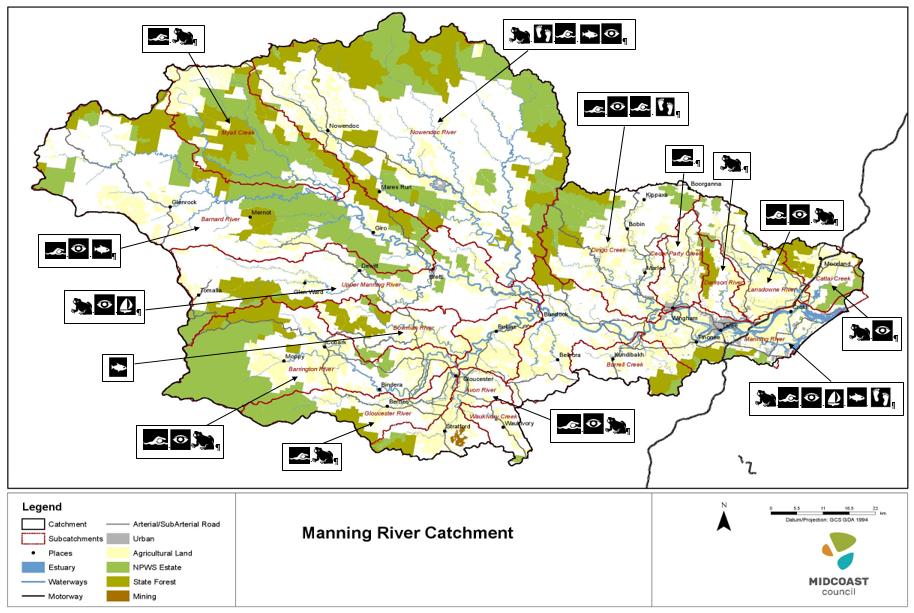The guideline indicates that the following won’t be funded: •
Maintenance of funded projects.
•
Projects eligible for funding under natural disaster relief.
•
Amenity works (car parking, footpaths, seating, shelters and lighting etc).
•
Projects within freshwater environments unless they are shown to significantly improve estuary health.
•
Variations exceeding +30% of the original amount requested.
Coast and Estuary Planning Stream These grants effectively cover the actions which lead to the implementation ‘on-the-ground’ works that would be funded under the various implementation funding streams discussed below. These include the preparation of CMPs and studies that are needed to develop a CMP. Investigations and designs for works recommended in a CMP are also covered, along with cost benefit / distributional analyses to support such works. A strict read of the most recent guidelines for grants indicates that the planning stream is only valid for activities which are needed to develop a CMP, transition from a CZMP to a CMP, or to undertake investigations, designs and cost-benefit analyses for infrastructure works recommended in a certified CMP. In other words, general planning and investigation required for mapping, additional processes investigation or other supporting studies to fill data gaps or help formulate actions do not seem to be covered by either the Planning Stream or the Implementation Stream (see next section). Applications for funding under the Planning Stream are presently open until 30 June 2021. Implementation Streams For the coastal vulnerability area, activities that can be demonstrated to reduce the threat from coastal hazards can be funded. These include beach nourishment; dune restoration works and seawalls. For the coastal wetlands and littoral rainforests area, actions indicated as being suitable for funding include the management of weeds and invasive animals, trails and accessways, works to reduce exposure to coastal erosion, replanting and stabilising vegetation and habitat restoration/conservation. For the coastal environment area, actions indicated as being suitable for funding include community education, access management, environmentally beneficial dredging, monitoring (linked with actions to improve ecosystem health), the protection of Aboriginal heritage, management of stormwater quality (where demonstrated to be beneficial to the receiving environment), revegetation and weed management, sediment and erosion control actions. Activities in the upper catchment, where beneficial to estuarine health may also be funded. For the coastal use area, actions indicated as being suitable for funding include community education, the management of public access, actions to protect Aboriginal heritage, stormwater management, revegetation and weed management and monitoring.
Manning River ECMP Exhibition Draft V2 June 2021
Page 185






















